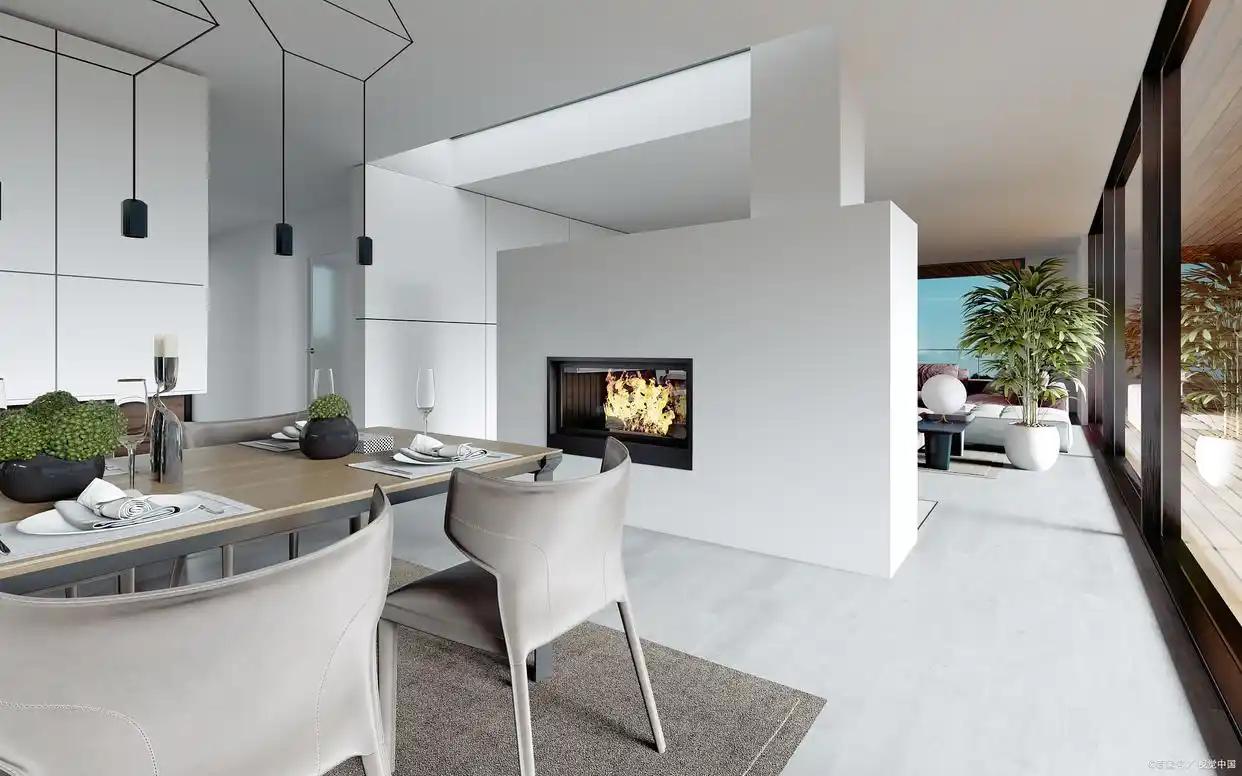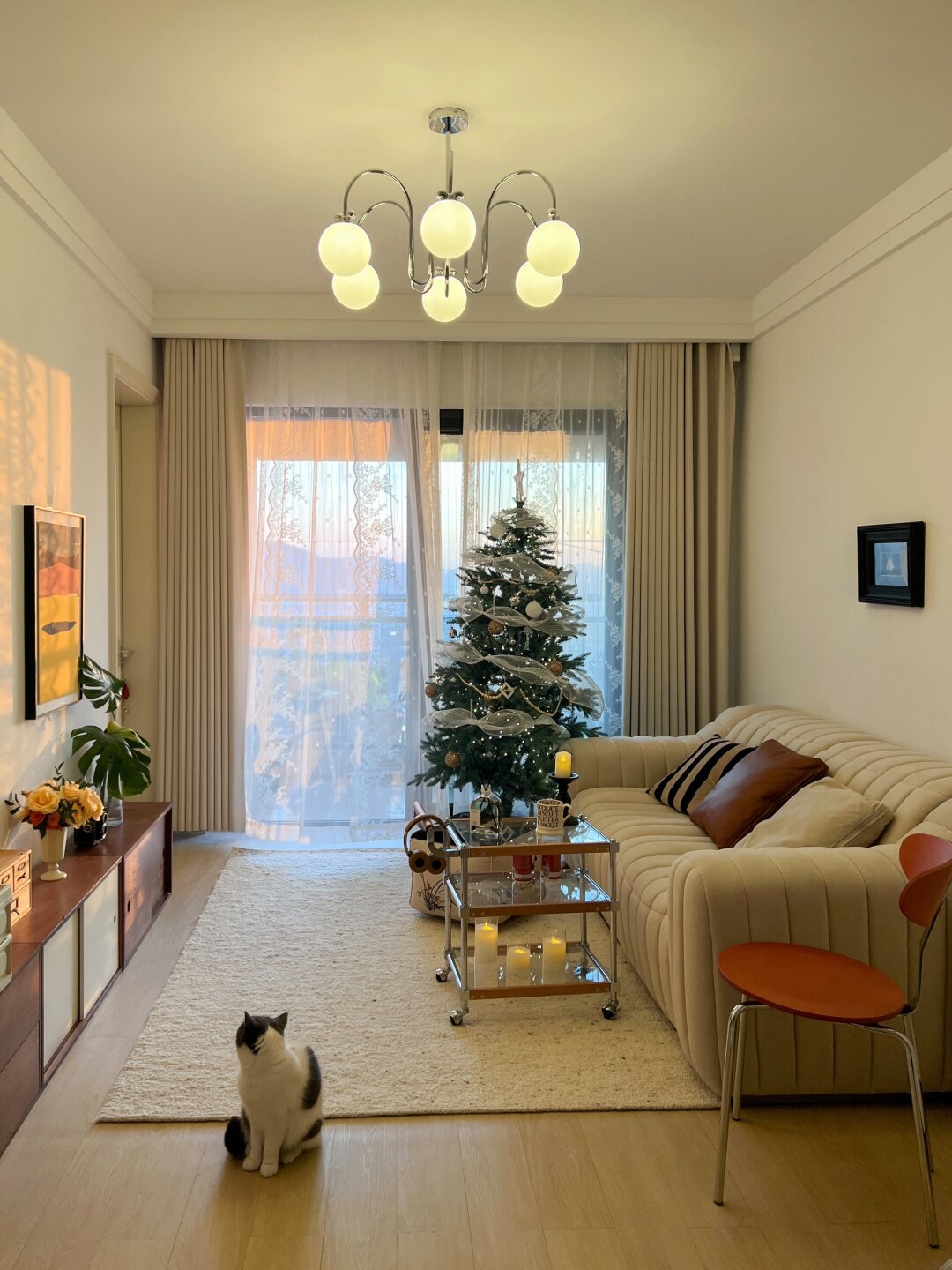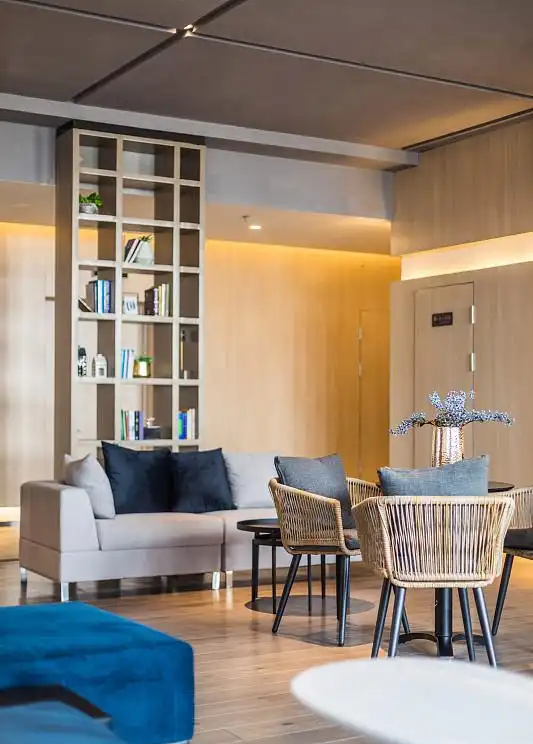Have you ever felt like your home lacks brightness and warmth? Perhaps the problem lies with the lighting. The right lighting can transform a simple space into something fresh and inviting. However, many people make mistakes when choosing and using lighting, significantly diminishing the aesthetic appeal of their homes. In this EDC article, we'll explore these common home lighting mistakes and provide solutions.
Common Home Lighting Mistake Examples
Let's say you've just moved into a new home and decided to renovate the living room lighting. The living room is rectangular, with a large window and thick curtains on one side and a fireplace on the other. First, you install a beautiful, large chandelier in the center of the ceiling and use several recessed wall sconces to add light.
Mistake:
Relying on a central light source: You think the large chandelier in the center of the room will illuminate the entire space. However, you notice that the corners of the room are still dark, creating unnecessary shadows. This problem not only makes the room look unattractive but also makes people sitting in different areas feel uncomfortable.
Ignoring the importance of natural light: Because you've installed heavy curtains for privacy, little natural light enters the room. This makes the living room look dim and depressing during the day, even with the ceiling lights on.
Not focusing on different activities in the space: You're creating only one type of lighting (ambient light) in the room, ignoring the space's varying needs. For example, when you want to read or watch TV, you'll find that the existing lighting is either too bright or insufficient for certain tasks.
After using the reception room for a few days, you realize that not only is the hallway underlit, but the existing light distribution is also poor. At night, when natural light is at its lowest, the room requires more artificial lighting, but the wall sconces can't compensate, creating shadows that strain the eyes.
Solution:
Combining different light sources: To avoid over-reliance on a central light source, you can add additional light sources, such as table lamps near furniture, desk lamps, or even hidden ceiling or floor lamps. This helps better distribute the light throughout the room.
Utilizing natural light: Choose light-colored curtains to bring natural light into the room. You can use mirrors to reflect natural light and brighten the space.
Layered lighting: In your interior design, use different types of lighting for each activity in the room. For example, use a reading light for reading, soft indirect lighting for watching TV, and decorative lighting for displaying objects or artwork.
What are some common mistakes in home lighting?
Below, we'll analyze common mistakes in home lighting and provide appropriate solutions:
1. Overuse of Direct Light
Many people use direct light (such as ceiling lights, spotlights, or downlights) to illuminate their homes. This creates unnecessary shadows and reduces the comfort level of the space.
Solution: Use a combination of different lights. Combine general lighting (such as ceiling lights), ambient lighting (such as wall sconces and bedside lamps), and spotlights (such as study lamps) to create even, appropriate lighting.

2. Not Paying Attention to the Color Temperature of Light
Choosing the wrong color temperature can significantly impact the ambiance of a room.
Solution: Use warm light (2,700 to 3,000 Kelvin) in living and sleeping areas. Cool light (4,000 to 5,000 Kelvin) is more appropriate in spaces like kitchens and offices.

3. Ignoring Natural Light
Many people focus solely on artificial light, overlooking the benefits of natural light. Natural light can better illuminate a space. Using lightweight curtains, large windows, and mirrors can bring natural light into a space and positively impact its design.
4. Not Paying Attention to Size and Proportion
Installing the wrong light fixtures or light fixtures that are disproportionate to the space they occupy can lead to an unbalanced decor. Choosing a light fixture that is too large or too small for the size of the space can negatively impact the aesthetics of the space. Before purchasing and installing light fixtures, check the dimensions of the space and ensure the size and type of light are appropriate for the space.
5. Not Paying Attention to the Different Needs of Each Space
Using the same type of light across all spaces without considering the specific needs of each space is a common mistake. Each space has different lighting needs that must be tailored to its intended use. For example, a bedroom requires soft, subdued lighting, while a kitchen or studio requires bright, intense lighting to facilitate a variety of activities.

6. Not Paying Attention to Energy Consumption and Costs
Using old, high-energy-consuming light bulbs and fixtures can increase electricity bills and require frequent replacement. To reduce costs and conserve energy, use energy-efficient LED bulbs. Besides reducing energy consumption, these bulbs last longer and require less frequent replacement.
7. Lack of Safety Considerations
Improper lighting installation and failure to use proper safety equipment can pose risks such as fire and personal injury. To avoid these issues, ensure all installations meet safety standards and utilize proper wiring and safety equipment. If necessary, enlist the help of a professional electrician to install and inspect the electrical system.
8. Neglecting Lighting Settings and Controls
Failure to properly control lighting settings and controls can result in the inability to adjust the lighting to suit different situations. To improve lighting control, consider using control systems such as dimmers and smart controllers. These systems allow you to adjust the lighting to suit your needs and create the desired atmosphere.

